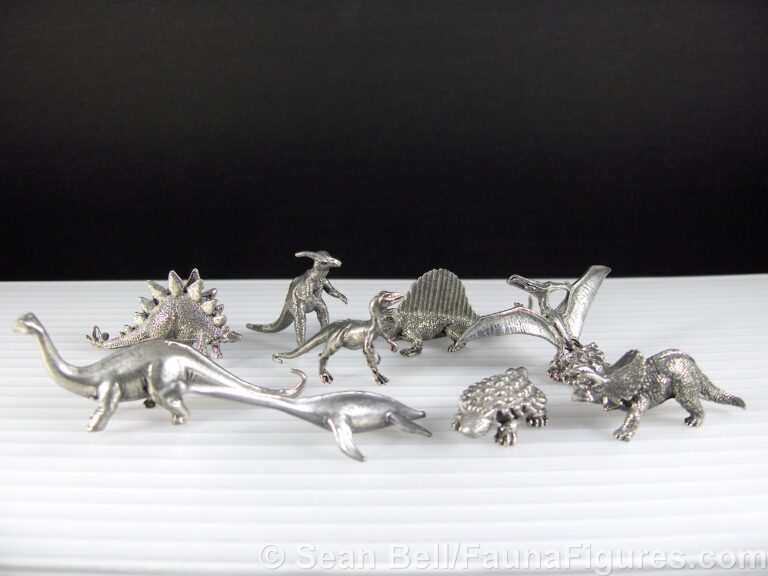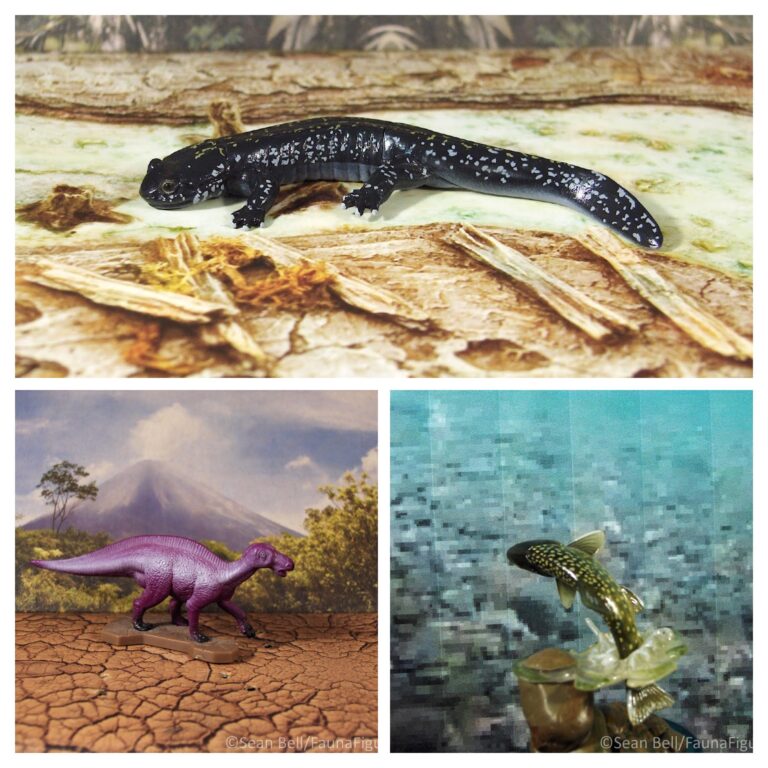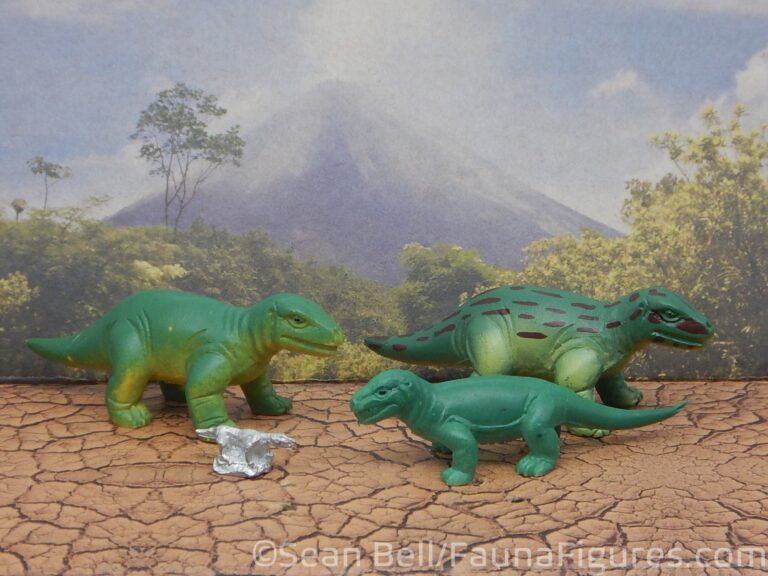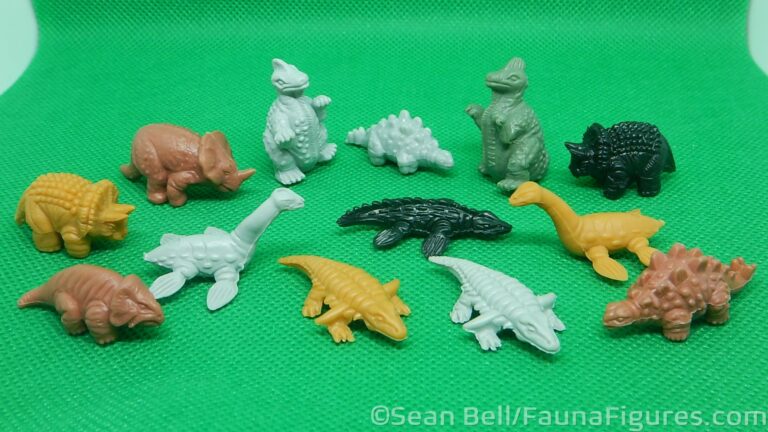So we are back with another Clades discussion–one that, unlike other clades posts, does not even begin to cover all of the possible figures out there! That’s right, the predatory beast of Jurassic and early Cretaceous (maybe late Triassic?) seas, the Pliosaurs (properly, the Pliosauroidea…) These animals are famous in books and documentaries for being some of the biggest and scariest sea monsters in our prehistoric past, with their giant heads and huge bodies with massive flippers (rear ones larger than the front ones). And of course their enormous sizes. They were generally large bodied marine predators, and given their huge heads and big nasty teeth probably ate whatever fit.
Pliosaurs are (broadly) a sister clade to that other famous marine reptile, the plesiosaur(oid)s, all within Plesiosauria. The distinction is usually made with plesiosauroids having shorter, thicker bodies and long necks with smaller heads; and pliosauroids have more elongate, fusiform bodies with short necks are really big skulls. That’s how I always thought of them (admittedly, I didn’t dig that deep) and how whatever figures existed seemed to represent them. Then the polycotylid Dolichorhychops shows up in shows and toys and it’s a plesiosauroid–as is an animal known as Eric the Pliosaur (Umoonosaurus) which…is a plesiosauroid letptocleidid (and, being Australian, was of course made by Yowies). So not all short-necked plesiosaurs were pliosaurs. And then that Attenborosaurus (top photos) shows up and despite appearances, it’s an early pliosaur. I’m not an expert, but clearly they could vary quite a bit. Then there is the Rhomalaeosaurus by CollectA. Apparently it is not quite a pliosaur(id) but is a relative within the pliosauroidea…it fits here either way, but now I have to be careful how I refer to the clade!
One thing is certain, pliosaurs have been popular as figures and toys for quite some time; along with ichthyosaurs, mosasaurs and of course plesiosauroids they are the big four Mesozoic sea monsters. This means that there have been a lot of depictions and influences on them for some time, as well as what is likely to be a range of taxa beyond what I have (I don’t always chase every figure down after all). In my collection I have a small but varied number; I have possibly sold or traded away almost as many different ones as I currently own. This includes both versions of the Walking with Dinosaurs Liopleurodon model…the template from which dozens of similarly-painted toys sprung. But models of pliosaurs go back even further to the earliest ‘dino’ toys–Marx made a Kronosaurus back in the 50s, and I think Brachauchenius showed up earlier as a an SRG bronze, as well as from Italian Chialu (now we just have the weird little Prehistoric Panorama…also out of production). The earliest Liopleurodon that I have is a painted version from Invicta for the BMNH (now the NHM); the original unpainted one is from the late 80s. Oddly, Pliosaurus seems to have taken the longest to get figures made of it…despite being the namesake of the group!
Overall I enjoy collecting marine reptiles; it’s especially great that every company (now at least) seems to have a different take on how pliosaurs looked (for a while, it was all WwD clones and it got a little dull). It’s also great that many of these models are still available, and if they’re not some are relatively easy to find. It’s also great that the range of sizes of these figures is so wide as well–everything from the tiny Feves for those so inclined, to the megabeasts made by Safari and CollectA (who has probably the widest diversity of any company). Plus, the variety of sizes means a good range of scales for those inclined towards specific scales or diorama building, ranging from 1:20 to 1:200 depending on the model. Just watch the scales given by some companies because the wild estimates for the length of some of these animals can really throw off the actual size! I learned this with the supposed 1:40 Rhomalaeosaurus which…no. The figure would have to be 18cm long for that to be true (it’s closer to 33cm, giving roughly 1:20). That’s just an example. But either way, it’s a fun group to collect and relatively to find some!

















